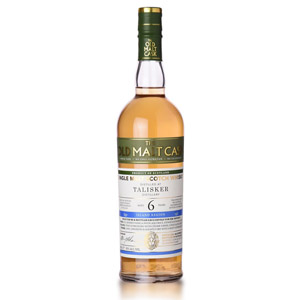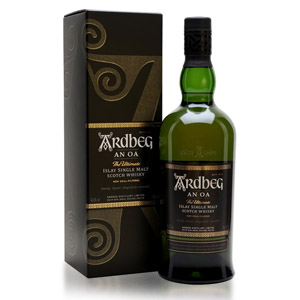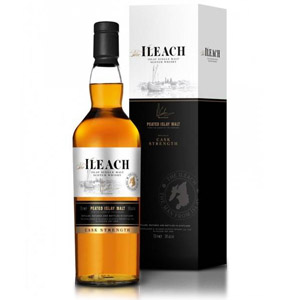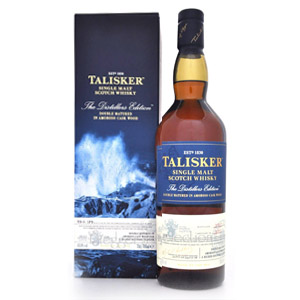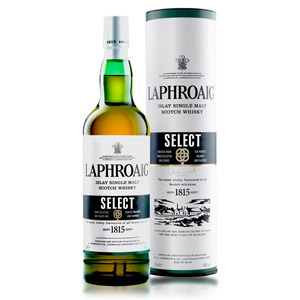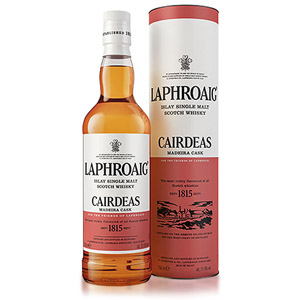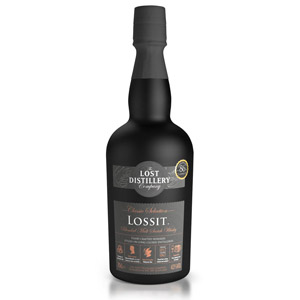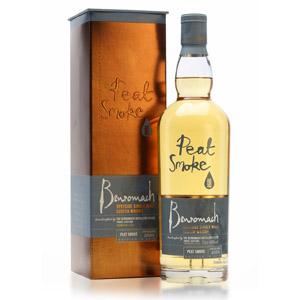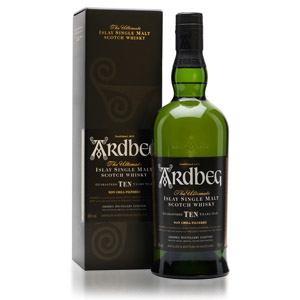Old Malt Cask: Talisker (6 year) 2009-2016
This Old Malt Cask bottling spoke to me: younger Talisker (with an age statement!), purportedly aged in sherry, bottled at a potent 100 proof, and only $40. The malt was just one month shy of 7 years of age, and bottled in 2016 without added coloring or chill filtration. Only 361 bottles were filled out of this single sherry hogshead.

